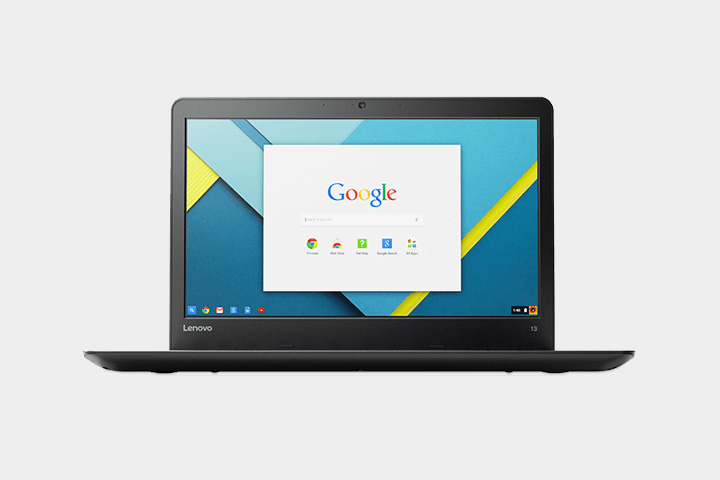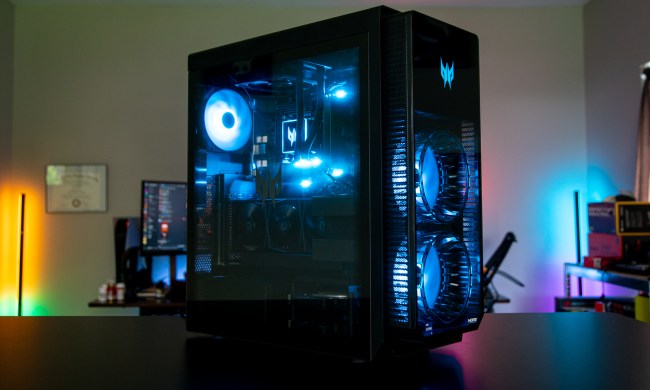
Instead, users might notice that Chrome is performing a little better, particularly on pages that make heavy use of JavaScript. That’s because the V8 JavaScript engine that Chrome and some other browsers utilize has made a fairly significant improvement in performance.
The performance increase comes from some new background components of the V8 JavaScript engine that interpret JavaScript instructions and then compile them into programs that can run in the browser. Dubbed Ignition and TurboFan, the interpreter and compiler have been in V8 for awhile but are now the exclusive components used in the pipeline for running JavaScript applications.
The performance improvements vary by system, with Android devices seeing the largest jumps. However, Chrome on the desktop should also see JavaScript-heavy websites run around 5 to 10 percent faster. As an added bonus, Chrome should use less memory on such sites, something that Google has been working to improve in Chrome across the board.
In addition to faster JavaScript and the new Material Design Settings page, Google added some other notable features and functionality. First, Chrome 59 on MacOS now supports the MacOS notification system. Next, the Image Capture API lets site developers access all of a camera’s settings when taking images. Finally, Chrome can now run “headless,” meaning it can support automated environments that don’t have displays, keyboards and mice, and user interfaces.
Apple recently touted the speed advantages of its latest Safari browser in the next version of MacOS, High Sierra, specifically comparing Safari’s JavaScript performance with Chrome’s. These latest improvements should help Google significantly in maintaining Chrome as a viable browser on MacOS, while stealing a little of Apple’s thunder.


